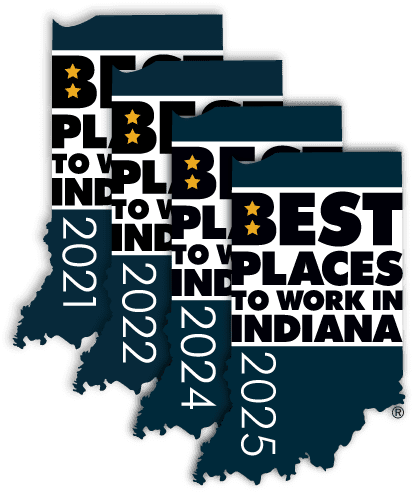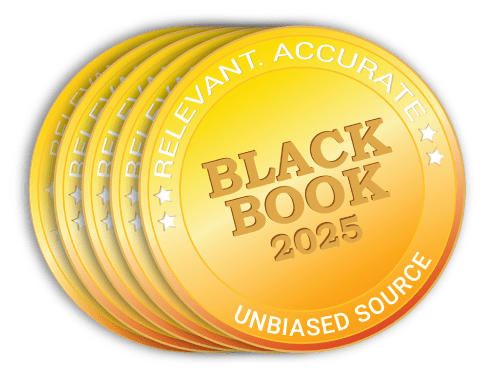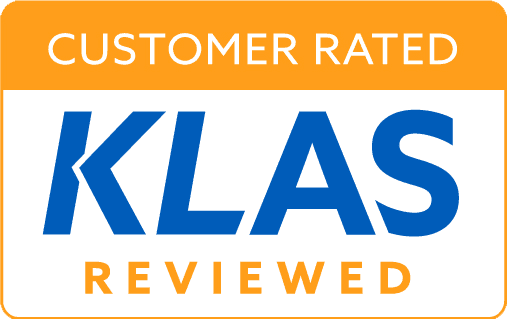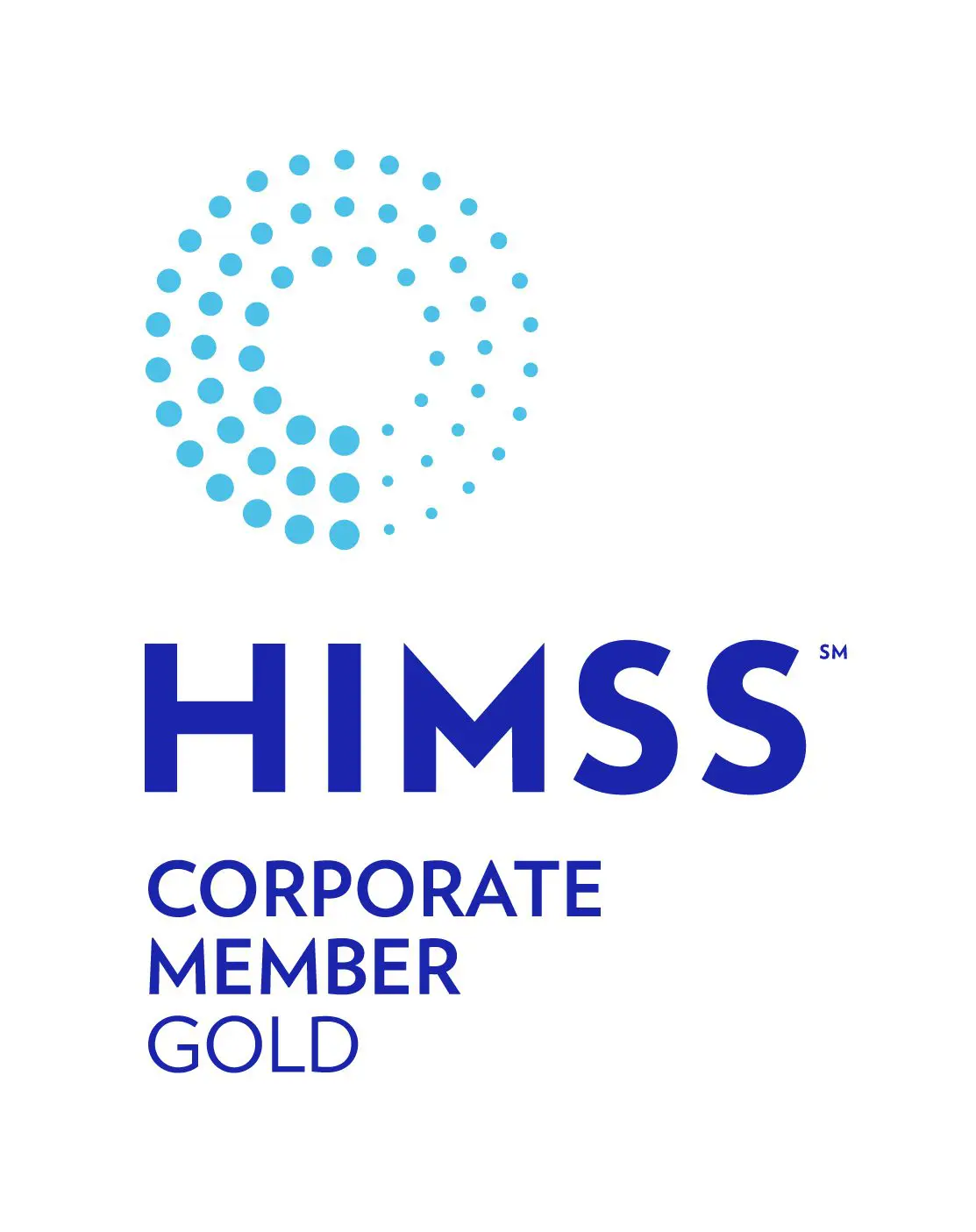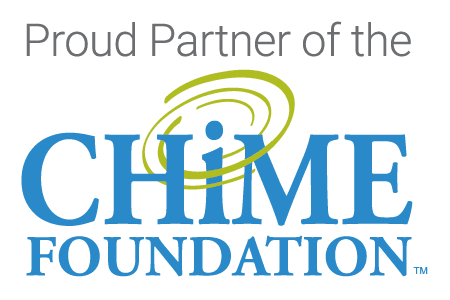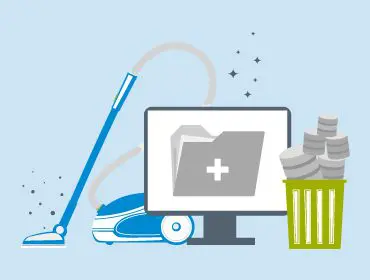
If your organization has accumulated a collection of out-of-production software applications, it is time to cut the clutter and streamline. Think of it as spring cleaning for your patient, employee, and business data. With healthcare providers operating upwards of 30-40+ legacy systems, there is room for tidying up the legacy footprint to move forward more efficiently, securely and with greater ease to meet interoperability requirements. Deploying an active archive can help.
Spring into action with these four legacy data management steps:
1. Do some prework – First, gather and document information in four key areas:
-
- Retention Schedules — Review and understand applicable state laws pertaining to record retention. Read through your record retention and destruction policy, documenting any requirements that an active archive may need to meet comply.
- System Inventory – Identify out-of-production clinical, financial, and business systems in both ambulatory and acute care settings that are storing records that must be retained. This Legacy Inventory Template may help gather all the details necessary.
- Financial Forecast – Estimate maintenance costs, hardware costs, labor burden and potential compliance penalties with each system in the inventory. This step will inform your budget and return on investment for an archiving project.
- System Prioritization – Consider the decommissioning schedule based on legacy application contract renewals, account receivables wind-down schedules, potential system failure or security risks, new application go-live dates, and data conversion and abstraction plans.
2. Draft (or update) your lifecycle data management strategy – Once you’ve gathered the information above, develop a strategy document that will serve as a roadmap for the legacy data management projects. Key areas to include in the document are:
-
- Project Charter – Clearly state the goals of the project (i.e., to reduce risk, cut cost, streamline workflow, comply with retention mandates, etc.).
- Stakeholders – Identify those impacted by the secure long-term archival of legacy data (i.e., HIM, legal, IT, finance, clinicians, etc.) and their key requirements for a storage solution.
- Recommendations – Identify the best path forward to decommission out-of-production software as well as the consolidation, security, accessibility, and interoperability of legacy data stores.
- Findings – Summarize the information gathered from the retention policy, system inventory, financial forecast and system prioritization documents so the data governance team understands the scope of the problem, time sensitivity, risk, and associated costs over time.
- Options – Review and document common options for decommissioning legacy systems and storing the data that resided in them. Include the risk, cost, hosting options, and level-of-effort for each storage option.
3. Assemble the right team – Gathering stakeholder consensus is a way to get started and execute on a plan to avoid postponement.
-
- Key internal stakeholders to consider recruiting to the governance team may include an Executive Sponsor, Project Manager, HIM Director, Technical Resource and data source Subject Matter Experts.
- Take the time to research and interview vendor partners who might help to execute your legacy data management plan. Consider these 10 qualities to look for in a legacy data archiving vendor.
4. Plan ahead – Successful lifecycle data management takes a strong plan, the right tools and a commitment to best practices to assure the right data is secured and available for the retention period. Getting all your ducks in a row now is a smart step to make sure there is budget available in the coming fiscal year for your legacy data management projects. Speaking of budgeting, check out this blog: How to Outsmart the Six Costs of Running a Legacy Health System for Medical Record Retention.
There are numerous benefits to lifecycle data management, including: consolidated data, decreased costs, ensuring compliance, increased security, enhanced efficiency and simplified reporting. When thinking about health data interoperability requirements, data agility and liquidity becomes even more important.
Whatever your legacy data needs – we get it done.
Harmony Healthcare IT provide full data lifecycle services, including consultation, migration, extraction, conversion, retention, integration, and destruction. A decommissioning and active archive program can reduce the risk, labor burden and the cost of maintaining out-of-production software applications.
Harmony Healthcare IT works with healthcare organizations across the US and Canada to help determine what data should be converted to go-forward systems. The rest of the data is then mapped to one of two active archives:
- HealthData Archiver® , which stores records of any type that require ready access by unlimited business users. The solution leverages a user interface with intelligent workflows (i.e. release of information for HIM users or single sign-on for clinicians from leading EHRs)
- HealthData AR Manager® , which stores revenue cycle records requiring account receivables rundown while maintaining necessary interfaces to claims scrubbers, clearinghouses, lockboxes, general ledgers, and statement firms.
Records are then activated for interoperability with other systems, entities or consumers via HealthData Integrator®, which provides a set of tools or APIs based on common industry standards such as USCDI, FHIR, HL7, C-CDA, XML, or Direct.
- Harmony Healthcare IT is ranked number one as the top Data Archiving, Data Extraction and Migration company according to Black Book™ Rankings, a division of Black Book™ Market Research. The company has earned this ranking for three years in a row, which underscores a commitment to keep patient, employee, and business records accessible, usable, interoperable, secure, and compliant.
Ready to tackle some spring cleaning?
Our industry-leading data storage and management solutions can help preserve vital information, strengthen healthcare delivery and streamline application portfolios.
Let’s connect and get to work.

